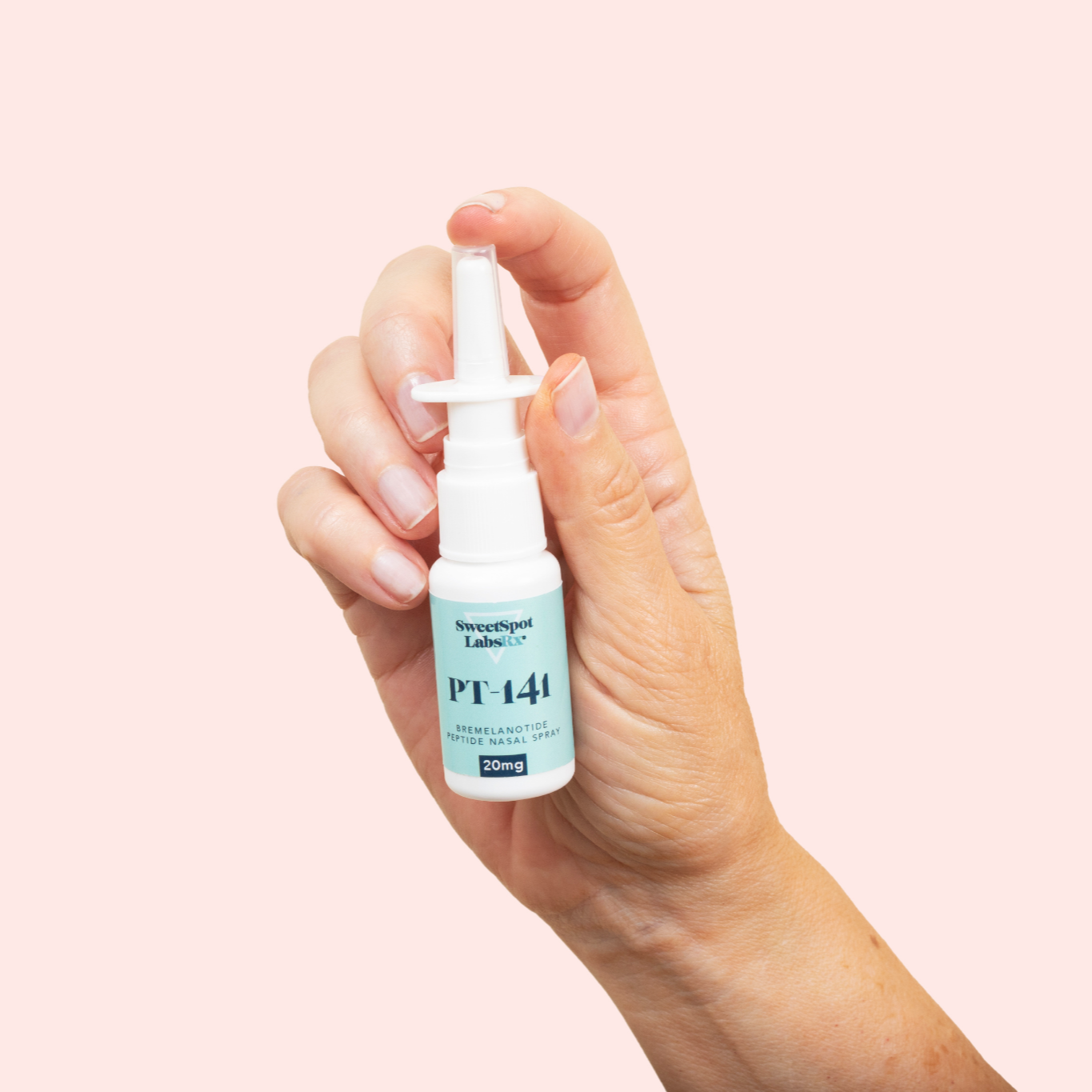
Discharge isn’t often discussed openly, but it’s a totally normal part of life for anyone with a vagina. You may see it on the toilet paper after wiping or in your underwear, and when you do - remember, this is just your vagina doing its job! We sat down with Dr. Tamika Cross, OBGYN, to find out what types of vaginal discharge are normal and when you may want to call your doctor.
Q: What is vaginal discharge?
A: “Discharge is a liquid substance made up of bacteria and cells from the vagina. Discharge has several important purposes - cleaning the vaginal canal, hydrating vaginal tissues, and helping to prevent infection.” Remember that cleansing your vulva (the outside parts!) is OK, but douching or internal vaginal cleansing is not. Your vagina is a miraculous, self-cleaning organ and doesn’t need any help!
Q: Is it normal to have discharge everyday?
A: Yes! Vaginal discharge is a completely normal byproduct of your body’s natural functions.
Q: How much discharge is “normal”?
A: The amount of vaginal discharge produced varies from person to person and throughout the hormonal cycle. It’s always fluctuating, so it’s hard to say what a “normal” amount is. During pregnancy & ovulation, you may experience a notable increase in the amount of vaginal discharge. “Consider tracking your discharge - whether it’s just making a mental note or using an app to figure out what’s normal for you. That will help you better understand what’s outside the norm for you so you can seek medical attention if necessary,” says Dr. Cross.
Discharge color meaning
“When it comes to color, ‘normal’ usually ranges from clear to whitish to yellowish - again, this can fluctuate depending on where you are in your cycle. Anything outside those colors is abnormal, but discharge isn’t the only warning signal that something could be wrong.”
Clear
Clear, watery discharge is normal and can occur at any time during your cycle. During ovulation, discharge usually becomes thicker and stickier and almost jelly-like in consistency. This is due to the cervical fluid your body is producing to create an ideal environment for sperm to thrive.
Yellow or White
It can be normal for vaginal discharge to be white or yellow, especially at the beginning of your menstrual cycle, but it could indicate an infection. “If you notice discharge that’s thick or clumpy in consistency, or a change in odor or itching and irritation, this could be a sign of a yeast infection,” says Dr. Cross.
Grey
Grey-ish discharge that’s bubbly or frothy with an amine or fishy odor could be an indication of bacterial vaginosis. “Vaginal discharge shouldn’t have a foul odor - if it does, be sure to consult with your medical provider.”
Brown
If you notice your discharge has a brown-ish tinge, don’t panic! Dr. Cross says, “Brown discharge is usually due to the presence of old blood from your last period or trauma and tearing after sex mixed in with normal discharge.”
Q: Is discharge supposed to smell?
A: “The odor of your vaginal discharge can change with hormones, stress, even diet. But again, it’s about what’s normal for you. An amine, fishy odor may indicate BV. There shouldn’t be a foul odor ever - if there is, be sure to contact your medical provider as this could be an indication of an infection.”
Q: When should I seek medical attention?
A: “If you notice discharge that’s out of the norm for you, accompanied by other symptoms like fever, pain, odor or unusual bumps in or around the vagina, you should contact your healthcare provider for proper diagnosis and treatment.”
For more info and tips from Dr. Cross, follow her on Instagram @tcross_md.



